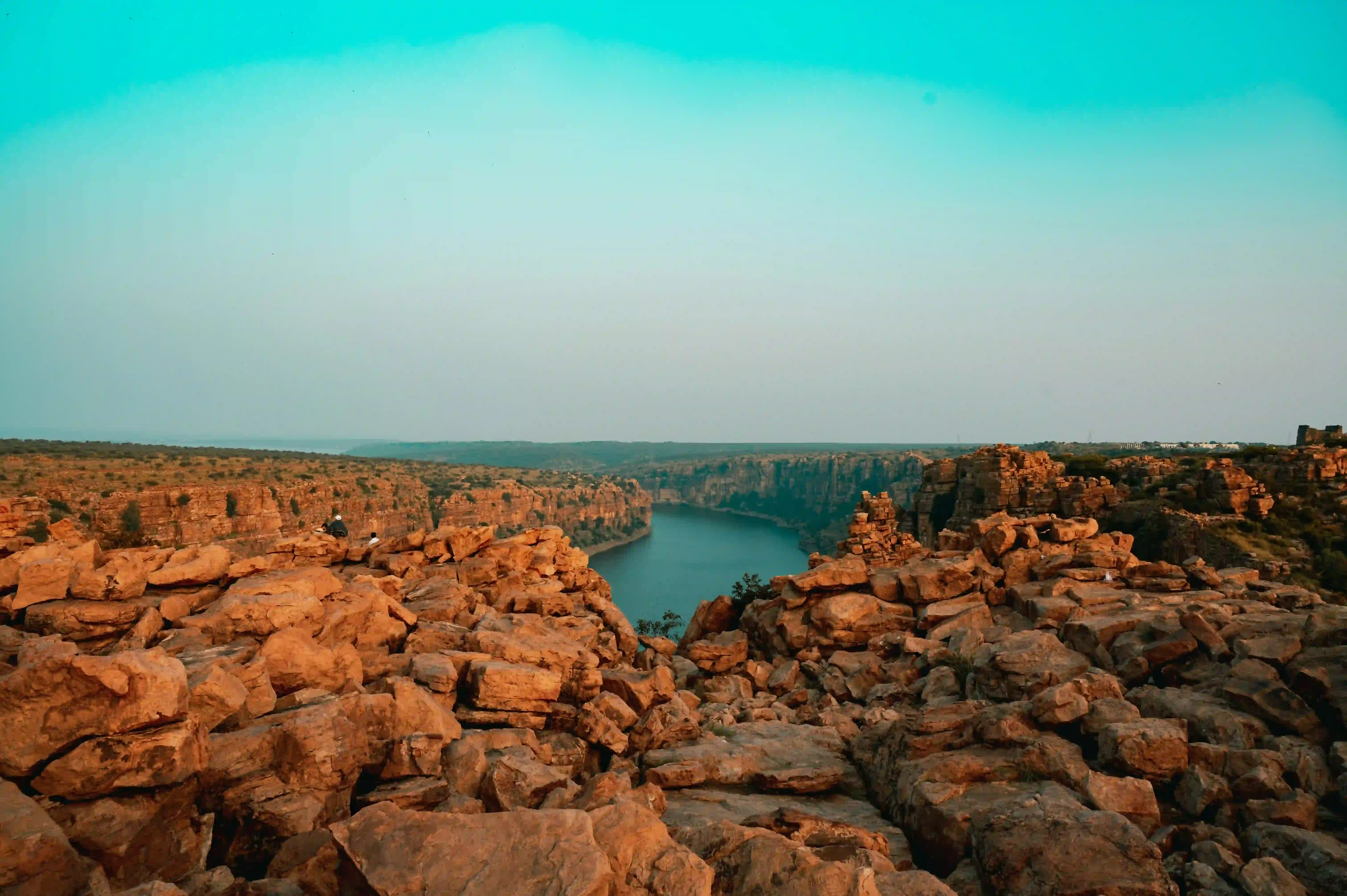Changthang Wildlife Sanctuary emerges as a breathtaking landscape where ecological wonder meets profound cultural resilience. Nestled in the high-altitude plains of Ladakh, this sanctuary represents more than a protected area—it is a living testament to the intricate relationship between environment and human survival.
The sanctuary's terrain is a mesmerizing canvas of expansive plateaus, shimmering alpine lakes, and endless skies that stretch beyond conventional horizons. Tso Moriri and Pangong Lakes punctuate this remarkable landscape, offering glimpses into a pristine ecosystem that has remained largely untouched by modern interventions. These water bodies are not merely geographical features but sacred repositories of ecological diversity and cultural memory.
At the heart of Changthang's narrative are the Changpa nomads, an indigenous community whose existence is intimately woven into the sanctuary's ecological fabric. Recognized as a Scheduled Tribe in 1989, these pastoral communities have developed an extraordinary symbiosis with their challenging environment. Their traditional lifestyle—centered on herding and sustainable land use—demonstrates a profound understanding of ecological balance that modern conservation strategies are only beginning to comprehend.
Wildlife in Changthang represents a remarkable testament to ecological adaptation. Rare and endangered species like the Tibetan wild ass, snow leopard, and black-necked crane find sanctuary in this high-altitude desert environment. Each creature's survival narrative is a complex interplay of environmental conditions, conservation efforts, and the delicate balance maintained by local communities who have coexisted with these species for generations.
The sanctuary's significance transcends mere geographical boundaries. It embodies a complex ecosystem where natural preservation, cultural heritage, and sustainable development intersect. Community-focused conservation programs have emerged as critical strategies for protecting not just wildlife, but also the traditional knowledge systems of the Changpa people. These initiatives recognize that environmental protection cannot be separated from human cultural preservation.
Tourism in Changthang has evolved from mere sightseeing to a more nuanced engagement with ecological and cultural landscapes. Visitors are no longer passive observers but increasingly become participants in understanding the intricate relationships between landscape, wildlife, and human communities. Eco-friendly camps and responsible tourism practices have become instrumental in creating sustainable interactions with this fragile ecosystem.
Climate change and geopolitical tensions pose significant challenges to Changthang's delicate ecological and cultural balance. The sanctuary stands at a critical juncture where conservation efforts must simultaneously address environmental preservation, community resilience, and sustainable development. Local governments, environmental organizations, and indigenous communities are collaboratively developing strategies to protect this unique landscape.
The story of Changthang is ultimately a narrative of resilience—of landscapes, wildlife, and human communities adapting to one of the world's most challenging environments. It represents a microcosm of global ecological challenges and potential solutions, where traditional knowledge, scientific understanding, and compassionate conservation converge to create a hopeful vision for coexistence.





